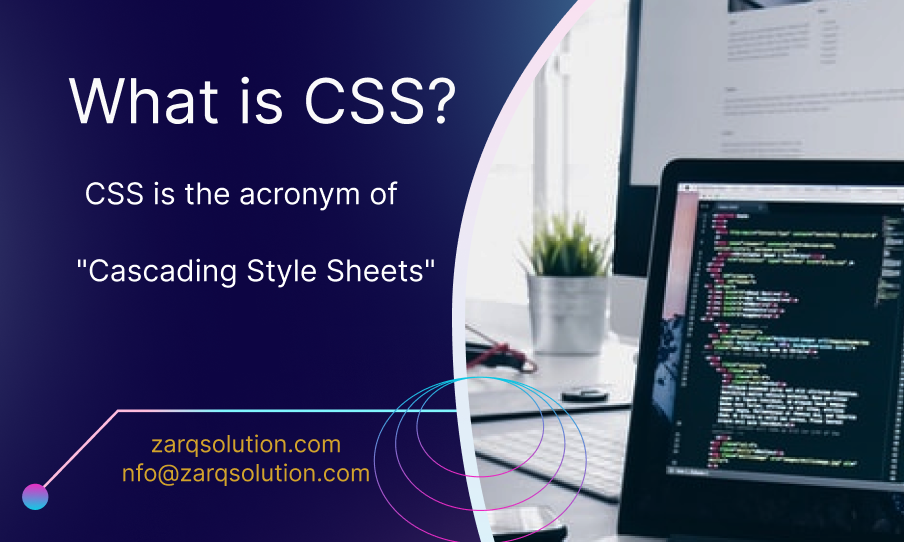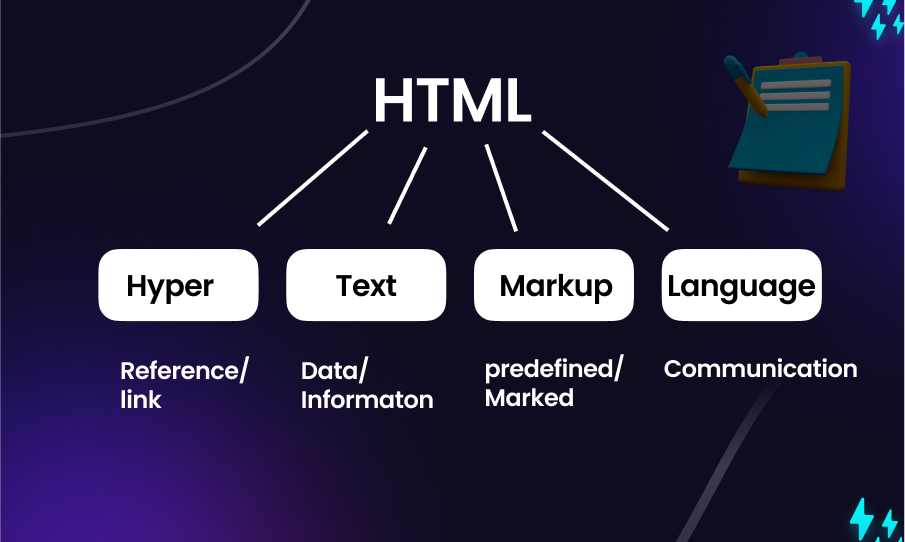
In the realm of web improvement, CSS, or Flowing Templates, assumes a urgent part in molding the visual feel and format of sites. Assuming HTML is the foundation of web content, CSS is the paintbrush that inhales life and excellence into it. In this blog entry, we’ll investigate the meaning of CSS, its center standards, and its effect on current website composition.
What is CSS?
CSS, short for Flowing Templates, is a template language used to portray the show and design of website pages. It’s the enchanted behind the manner in which sites look. With CSS, designers have some control over the varieties, textual styles, dividing, and situating of components on a page. It goes about as the extension between the crude substance (HTML) and its visual portrayal.
The Key Principles of CSS
Cascading: The “C” in CSS stands for cascading, which means that styles can be defined at various levels, and they cascade down from the highest level to the most specific. This allows for a hierarchy of styles.
Selectors: CSS uses selectors to target specific HTML elements and apply styles to them. For example, you can target all headings (
<h1>,<h2>, etc.) or specific elements with a class or ID.Properties and Values: Each CSS rule consists of properties (e.g.,
color,font-size) and values (e.g.,red,16px). Properties define what aspect of an element is being styled, and values specify how it should be styled.Inheritance: CSS properties can be inherited from parent elements. For example, if you set a font style on the
bodyelement, it can be inherited by all its child elements.Specificity: Specificity is a way to determine which styles take precedence when there are conflicting rules. The more specific a selector, the higher its precedence.
CSS Syntax
<!DOCTYPE html>
<html>
<head>
<style>
h1 {
color: #0074e4;
font-size: 24px;
text-align: center;
}
p {
color: #333;
font-size: 16px;
text-align: center;
}
</style>
<title>My First HTML Page</title>
</head>
<body>
<h1>Welcome to Zarq solution</h1>
<p>This is a Digital Marketing Agency</p>
</body>
</html>

The Importance of CSS in Web Design
CSS plays a pivotal role in web design for several reasons:
- Consistency: CSS guarantees that the plan stays predictable all through the site, making it outwardly engaging and easy to understand.
- Responsiveness: It empowers the production of responsive website compositions, permitting sites to adjust to various screen sizes and gadgets.
- Proficiency: By isolating substance (HTML) and show (CSS), web engineers can make changes to the plan without adjusting the substance.
- Availability: CSS can be utilized to make web content more open to clients with incapacities by controlling text dimensions, colors, and other plan components.
- Client Experience: CSS adds to a superior client experience by controlling the format and plan of pages, making them really captivating and simple to explore.
CSS Frameworks and Libraries
Web engineers frequently use CSS systems like Bootstrap, Establishment, and Appear to facilitate the planning cycle. These systems offer pre-planned UI parts, lattices, and responsive highlights, permitting engineers to proficiently make current and outwardly engaging sites.
Types of css
Inline css
Internal css
External css
Evolving Trends in CSS
SS is constantly developing with new highlights and abilities. CSS Network and Flexbox are great representations of how CSS has progressed to give all the more impressive format control. Moreover, CSS factors (custom properties) take into consideration dynamic theming and simpler upkeep of styles.
All in all, CSS is the craftsman’s tool compartment of the web improvement world, changing plain HTML content into outwardly dazzling and practical sites. As web innovations keep on progressing, CSS will stay at the very front of website architecture, molding the advanced scene into the indefinite future.
Whether you’re a carefully prepared web designer or simply starting your excursion, understanding CSS is fundamental for making enrapturing and responsive website compositions that charm and draw in your crowd. In this way, jump into the universe of CSS, and let your imagination stream as you paint the web with style and polish.

